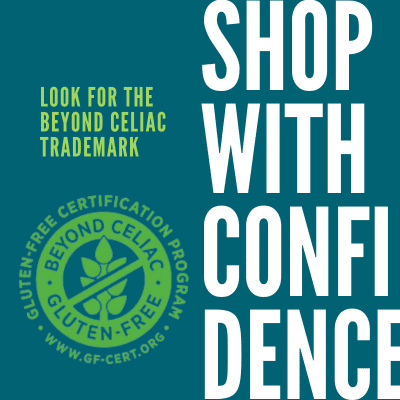Finding Gluten-Free Foods
March 22, 2011
Question:
I’m having a hard time finding out exactly what gluten is. What foods have more gluten than others, and which foods could I try that have less gluten? My doctor told me to start having low gluten foods, but I can’t seem to find what those would be!
From,
Lori
Answer:
Hi Lori. Thanks for your great question. Speaking from experience, I know how overwhelming it can be when you first begin a gluten-free diet. You don’t state the reason your doctor has suggested you eat “low gluten” foods; however, if you have celiac disease or gluten intolerance, the current recommendation is to consume a strict 100% gluten-free diet, as opposed to a “low gluten” diet.
As a starting point, I can tell you that gluten is a protein found in the grains wheat, rye, and barley, so all those foods, and foods containing these grains, are off limits on a gluten-free diet. In addition, a small percentage of individuals may not tolerate oats, whether they are certified gluten-free or not, so it’s advisable to take all oats out of your diet when first starting a gluten-free diet. You can discuss re-introducing certified gluten-free oats with your physician.
The great thing is that there are still so many wonderful foods to eat that are naturally (in their unprocessed forms) gluten-free. This includes fruits and vegetables, beans, legumes, nuts, meat/seafood, eggs, dairy products, and fats/oils. In addition, there are numerous gluten-free grains you can enjoy, such as rice, corn, quinoa, buckwheat and many more.
The National Foundation for Celiac Awareness has some terrific resource materials to help you get started on the gluten-free diet. I suggest you start by looking at their “Getting Started Guide” and “The Gluten-Free Diet” materials.
In addition, I would advise you to schedule an appointment with a registered dietitian who specializes in celiac disease and gluten intolerance. She or he can provide education on how to follow a gluten-free diet, including education on hidden sources of gluten (there are many); cooking and baking gluten-free; avoiding cross contamination in the kitchen; dining out safely at restaurants; and favorite gluten-free foods.
In good health,
EA Stewart, MBA, RD


